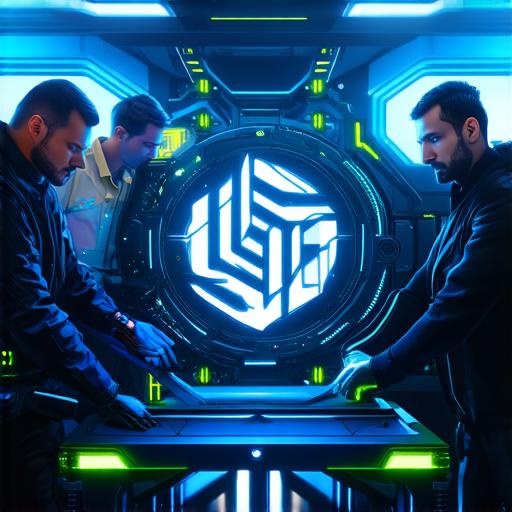Introduction:
Unreal Engine is a cutting-edge game engine that has been used to create some of the most breathtaking games and immersive virtual experiences. The creation process of Unreal Engine involves multiple stages, from ideation to deployment, and requires a deep understanding of various aspects of game development. In this comprehensive guide, we will delve into the intricacies of the Unreal Engine creation process, highlighting the key stages, best practices, and real-life examples to help developers better understand and utilize this powerful tool.
Ideation:
The first stage in the creation process of Unreal Engine is ideation. This involves brainstorming ideas for the game or virtual experience, determining the target audience, and identifying the core features and mechanics that will make the project unique and engaging. During this stage, developers should also consider the technical requirements and limitations of the engine, as well as any potential challenges they may face during development.

Concept Art:
Once the ideation phase is complete, the next step is to create concept art. This involves creating rough sketches and visual designs that will help developers visualize the project’s overall look and feel. Concept art can also serve as a starting point for more detailed 3D models and animations later in the development process.
Prototyping:
After the concept art phase, the next stage is prototyping. This involves creating a basic functional prototype of the game or virtual experience, using simple assets and mechanics to test out ideas and concepts. Prototyping helps developers refine their design and gameplay mechanics, as well as identify any technical issues that may arise later in the development process.
3D Modeling:
The next stage is 3D modeling. This involves creating detailed 3D models of characters, environments, and objects that will be used in the game or virtual experience. 3D modeling requires a deep understanding of computer graphics, as well as the ability to use specialized software tools like Unreal Engine’s built-in modeling tools or third-party plugins like Blender or Maya.
Animation:
Once the 3D models are complete, the next stage is animation. This involves bringing the characters and objects to life by creating movement patterns, actions, and reactions. Animation requires a strong foundation in motion capture, keyframe animation, and rigging techniques. Unreal Engine offers a range of built-in animation tools and plugins that can be used to create realistic and engaging animations.
Lighting and Texturing:
The next stage is lighting and texturing. This involves adding depth and texture to the 3D models by adjusting lighting settings and applying textures to surfaces. Lighting and texturing are critical components of creating a visually stunning game or virtual experience, as they can greatly impact the overall mood and atmosphere of the project.
Programming:
The next stage is programming. This involves writing code to implement gameplay mechanics, AI behaviors, and other interactive elements in the game or virtual experience. Programming requires a strong foundation in programming languages like C++, C, and Python, as well as an understanding of Unreal Engine’s scripting system and blueprints.
Audio:
The final stage is audio. This involves adding sound effects, music, and other audio elements to the game or virtual experience to enhance the overall immersion and engagement. Audio requires a deep understanding of audio production and engineering, as well as the ability to work with specialized software tools like Unreal Engine’s audio plugins and third-party audio editing software.
Best Practices:
To ensure a successful creation process for Unreal Engine projects, it is essential to follow best practices at each stage.
